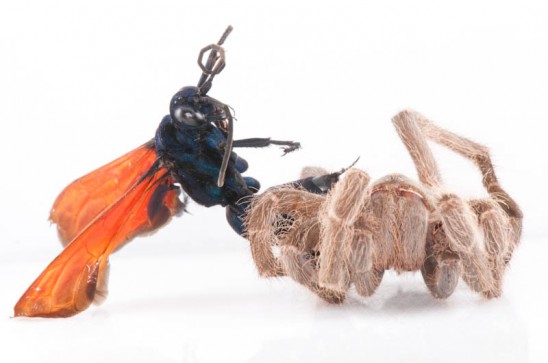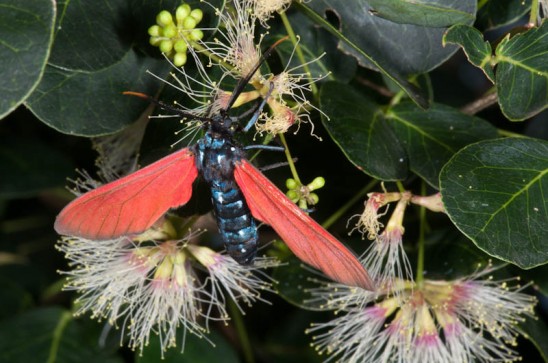A dying Anguilla Bank anole (Anolis gingivinus) provided an interesting case study in how anoles manage territorial disputes. After discovering a sick anole that was emaciated, listless and likely close to death, we took it from the beach to a perch on a nearby tree. Of course, any viable perch is usually occupied by another lizard. In this case, a nearby female began to threaten the “intruder” by bobbing its head and extending its dewlap. Too tired to move, the sick lizard didn’t respond to these signals and the healthy anole escalated the conflict.
Typically, after an initial confrontation the weaker lizard would immediately move on to another location, but the sick lizard was largely immobile. The healthy lizard repeatedly attacked and probably would have continued to do so indefinitely had we not moved the sickly anole. It was interesting to see the reaction of the healthy lizard when the traditional rules of combat were not in play.
The photos below showcase a few interesting things. First, of course, is the unusual appearance of the sickly anole. I couldn’t say what caused its condition. It could have some sort of disease, infection or internal injury or perhaps could have been poisoned by eating insecticide laden insects. The photos also show a healthy female anole displaying aggressive coloration and territorial defense behavior.
As far as the ethics of the situation, I’m not sure there were any great solutions. The lizard was clearly dying, but we found that any available perch was inevitably part of an already occupied territory. Leaving an immobile lizard in the sun would result in it being eaten by a predator or dying of overheating. It may have been best to kill the lizard as painlessly as possible, but that didn’t occur to me at the time. In the end it seemed reasonable to document the behavior and try to find an unoccupied perch but ultimately let the situation work itself out naturally.















